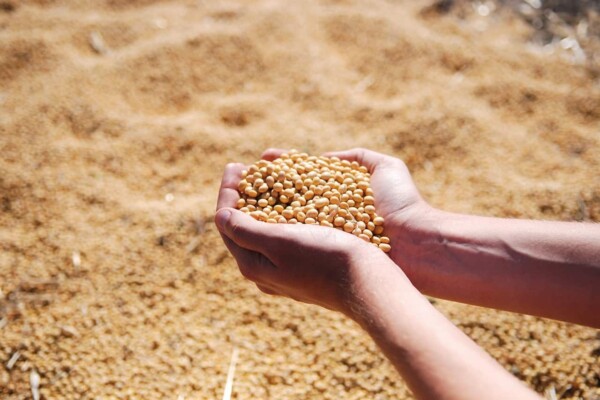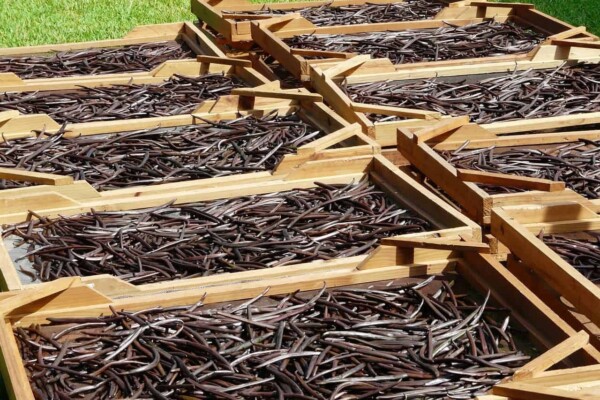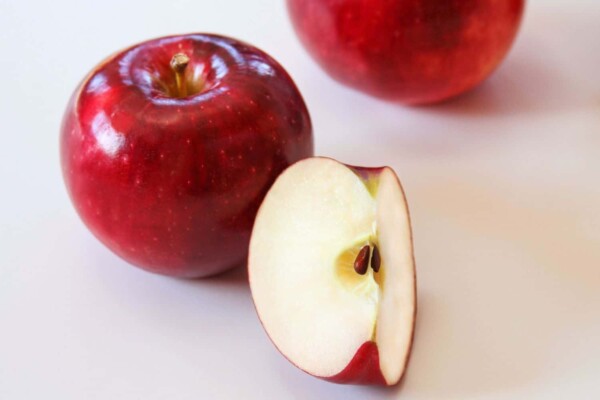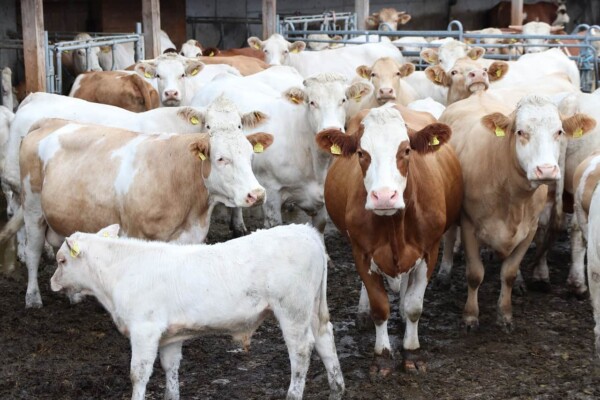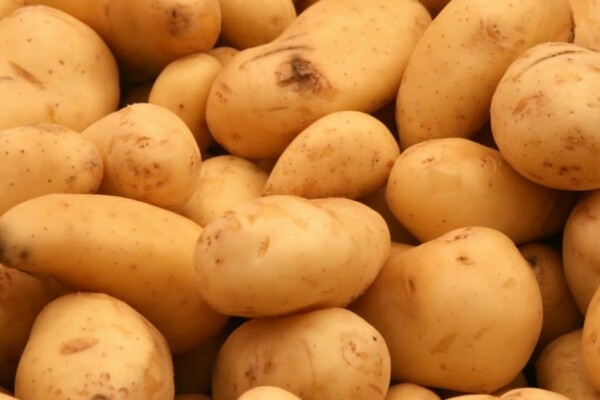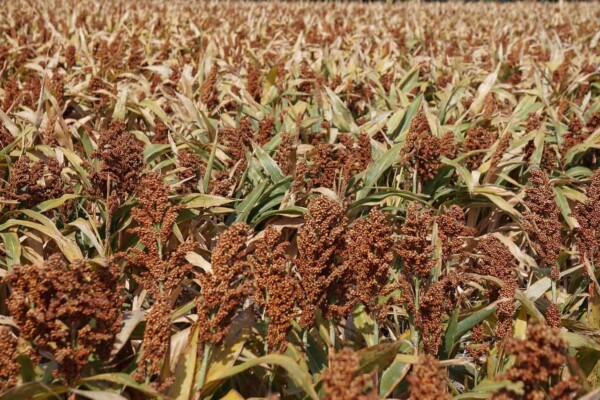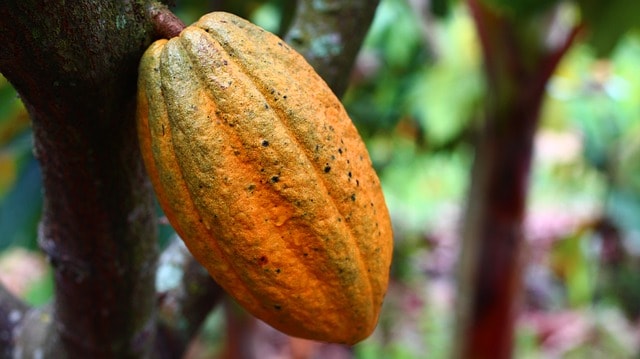
The International Cocoa Organization draws the attention to the crisis of overproduction of cocoa on the world market. The Organization’s estimates show that cocoa production would rise this year by 15%, leading to a surplus of about 264,000 tons. It is just the beginning of a crisis that could spill over into subsequent years. The Ivory Coast, the largest exporter of cocoa in the world, was also the strongest hit by the cocoa crisis. Farmers in this country were left with huge cocoa stocks, because many exporters defaulted on contracts established for this season and social tensions have risen amid this crisis.
The global market for cocoa has seen major fluctuations in recent years, since the price of one ton costs less than $ 2,000 at a similar level in 2012, while in 2016 the price for one ton got up to $ 3000.
Now, the reverse effect occurs. Encouraged by the high quotations, farmers have tried to exploit cocoa plantations as much as possible, they returned to abandoned cocoa crops and the production deficit was reached, turning into oversupply.
During the cocoa production growth, major chocolate producers in the world have tried to temper prices and encouraged production in African countries, including through long-term contracts and by subsidizing the costs. Last year alone, major groups announced investments of more than a billion dollars in a plan meant to streamline cocoa production.
The saving grace for African producers could come from Asia. On this market, the growth potential is huge, especially in India and China. The Asia Pacific chocolate market is expected to reach more than $18 billion by the end of 2019. Due to the increasing number of individuals with higher disposable incomes, the rapid urbanization and the growing trend of adopting western culture, a larger segment of the population can afford to spend their money on consumer goods of better quality, including chocolate.
The global chocolate industry is estimated at 98 billion dollars. Among cocoa farmers, those from Africa earn the least, because they export the raw material and the chocolate is not produced in local factories.


